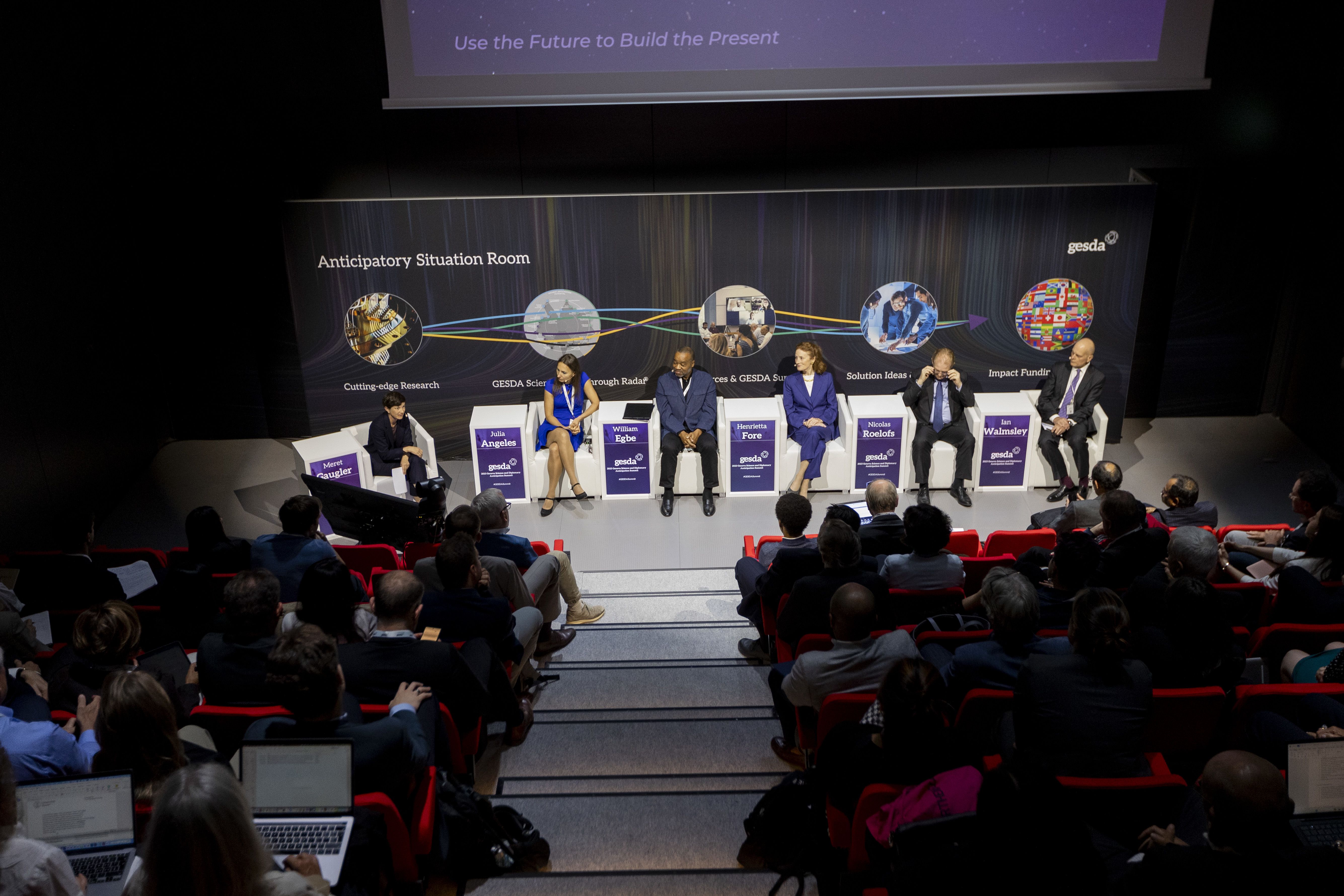The emergence and impact of scientific breakthroughs are not only steered by academic or political interests but also follow the economic logic of market forces. Join this interactive session to learn which emerging topics mapped in the GESDA Science Breakthrough Radar® are likely going to be driven by an investment perspective — and which ones are not.
Takeaway Messages
“The world pledged to substantially raise investment in R&D and bolster research capacity as part of the U.N.’s 17 Sustainable Development Goals (SDGs) for 2030 yet only 15% of them are on track for completion.
”
“Both global spending on R&D and research capacity vary wildly between countries, with some such as Germany and Japan investing over 3% of their GDP in R&D and having more than 4,400 and 5,000 researchers per million inhabitants respectively.
”
“The emerging topics mapped out in the GESDA 2023 Science Breakthrough Radar® that are most likely to be driven by an investment perspective are in sectors that are heavily focused on using technology in commodities or consumer goods.
”
“Science and diplomacy is another area where expected advances could help build more robust democracies in Africa and in Latin America, which in turn could transform lives very quickly and accelerate the reduction of poverty, or indeed loss of life through scaling up the health care system.
”
“Geneva’s financial hub could facilitate more public-private support for emerging science so that breakthroughs can move out of the lab and into the market. Challenges to funding for emerging science remain, including what is provided for redundant projects or those without a real-world use case. Understanding the potential output and value as well as intellectual property potential are paramount for good investment
”



